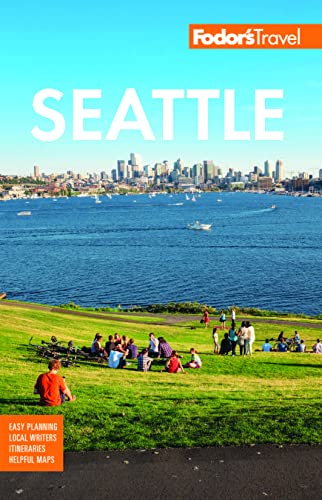Bright welcome banners, 12-foot fiberglass dragons clinging to lampposts, and a traditional Chinese gate confirm you're in the International District. The I.D., as it's locally known, is synonymous with delectable dining—it has many inexpensive Chinese restaurants (this is the neighborhood for barbecued duck and all manner of dumplings), but the best eateries reflect its Pan-Asian spirit: Vietnamese, Japanese, Malay, Filipino, Cambodian. With the endlessly fun Uwajimaya shopping center, the gorgeously redesigned Wing Luke Museum, and several walking tours to choose from, you now have something to do in between bites.
The I.D. used to be called Chinatown; it began as a haven for Chinese workers who came to the United States to work on the transcontinental railroad. It was later a hub for Seattle's growing Japanese population, and now one of the biggest presences is Vietnamese, both in the center of the I.D. and in "Little Saigon," directly east of the neighborhood. Though the neighborhood has weathered the anti-Chinese riots and the forced eviction of Chinese residents during the 1880s and the internment of Japanese-Americans during World War II, it's become increasingly less vital to its communities. Many of the people who actually live in the neighborhood are older—the northern and southern suburbs of the city are where the newer generations are being raised (though young people still often make the I.D. an obligatory snack stop before heading home after a night out in Seattle).
The I.D. stretches from 4th Avenue to 12th Avenue and between Yesler Way and S. Dearborn Street. The main business anchor is the Uwajimaya superstore, and there are other small businesses scattered among the restaurants, including herbalists, acupuncturists, antiques shops, and private clubs. Note that the area is more diffuse than similar communities in larger cities like San Francisco and New York. You won’t find the densely packed streets chockablock with tiny storefronts and markets that spill out onto the sidewalk—scenes that have become synonymous with the word "Chinatown."
When the Wing Luke Museum of the Asian Pacific American Experience moved from its tiny cluttered home to a refurbished historic building on one of the main drags here, it refocused the city's attention on the I.D. as more than a collection of restaurants. There are indeed signs of further improvement, which the neighborhood sorely needs. (As with Pioneer Square, the I.D. is interesting and fun, but can be rough around the edges: it's in these two adjacent neighborhoods that Seattle's horrible homeless problem is most visible.) The I.D. does have more energy these days: students crowd bubble-tea parlors, and the community has been holding more special events like parades and periodic night markets and movie nights in Hing Hay Park.






